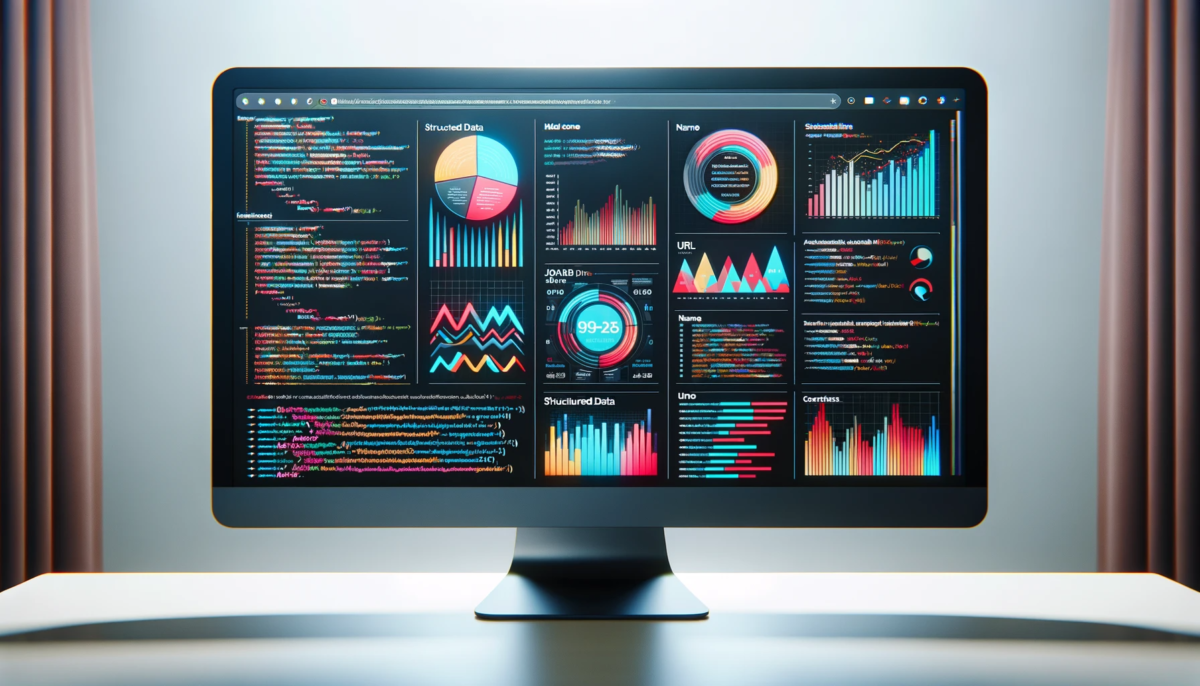Google’s recent announcement about supporting structured data for discussion forums and profile pages marks a significant development in the SEO landscape. This update enables Google to better identify and display information from web forums and personal profiles in search results. As an SEO expert, understanding and utilizing this new structured data is crucial for enhancing search visibility and the representation of first-hand online content.
Google has introduced two new types of structured data: ‘ProfilePage’ and ‘DiscussionForumPosting.’ Google Search will better identify essential information about content creators, such as their name, social media handle, followers, profile photo, and content popularity, using the ‘ProfilePage’ markup. This structured data aims to deliver accurate information about creators in Google Search. On the other hand, the ‘DiscussionForumPosting’ markup is for forums where users share personal perspectives and experiences, helping Google surface online discussions more effectively.
This update has significant implications for SEO strategies. Implementing the new structured data can improve the appearance of webpages in Google, potentially increasing click-through rates. It offers more visibility for individual creators, allowing them to stand out in search results alongside larger publishers. This democratization of content visibility can be particularly beneficial for those relying on their brand for visibility. Additionally, the new markup will enable Google to better identify content creators and their information, aiding audience growth.
SEO professionals should start by identifying which markup is most relevant to their content to leverage these new structured data types. For forums structured around questions and answers, Google recommends using Q&A markup, while DiscussionForumPosting is better suited for more open-ended forums. Integrate the appropriate markup into the website’s HTML code. Utilizing Google Search Console’s new reporting capabilities and the Rich Results Test tool is crucial for monitoring the implementation and ensuring the markup is correctly validated.
Google’s continuous expansion in structured data capabilities highlights the growing importance of rich, detailed, and accurate data in SEO. This development underscores the need for businesses and SEO professionals to adopt a proactive approach to implementing structured data. By doing so, they can stay ahead in the evolving SEO landscape and be well-positioned to take advantage of future Google updates and features.
Google’s new structured data for discussion forums and profile pages presents a significant opportunity for enhancing search visibility and the representation of first-hand content. SEO professionals and businesses should embrace these changes as part of their ongoing SEO strategy to represent their content in search results accurately and compellingly.
For those in the SEO field, now is the time to implement these new structured data types. Staying informed about the latest trends and updates in SEO is crucial for maintaining a competitive edge. Remember, in the world of SEO, adapting to new developments is not just beneficial; it’s essential for success.
Dream Warrior Group, a Los Angeles Based web design and digital marketing Company, providing solutions for your online marketing needs. Our expertise includes Search Engine Optimization (SEO), Social Media Posts & Marketing & Google PPC campaigns. Call us now at 818.610.3316 or click here.





